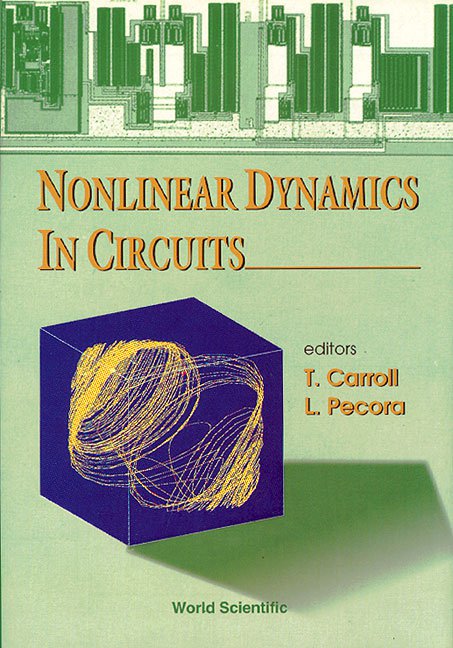Using Chaos for Digital Communications
We have verified experimentally that chaos in electrical oscillators can be controlled to produce digital communication signals by use of extremely small current pulses to guide the oscillator state space trajectory. Symbolic (digital) information is encoded in large-scale features of the waveform by use of small perturbations to control the symbolic dynamics. A digital signal can thus be produced directly at the transmission stage, with no need for subsequent amplification. We have used this technique, which we call micropulse injection symbolic control, to directly control a chaotic electrical circuit for digital information transmission, periodic orbit hopping, subharmonic pulse formation, and control of the signal power spectral density. We stress that this is a fundamentally new physical mechanism for information transmission and waveform production. We envision the application of this technique for complex controlled behavior well within the strongly nonlinear region of device operation in such systems as high-power microwave sources, lasers, rf transmitters, and other waveform sources. Because chaotic behavior occurs in simple systems, and because of the extremely low power requirement of the control mechanism, the high-power device can be simple and efficient, and all the control and guidance electronics can remain at the microelectronic level. Our control strategy also provides an algorithmic approach to the high-speed control of chaotic dynamics in systems where information transmission is not the goal.


